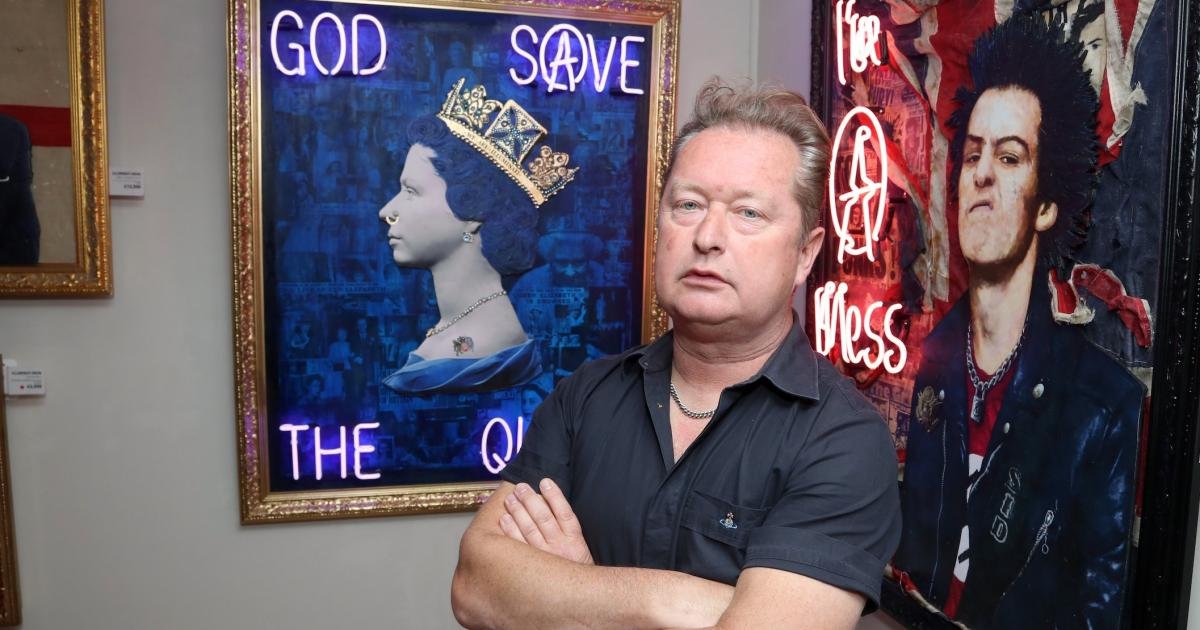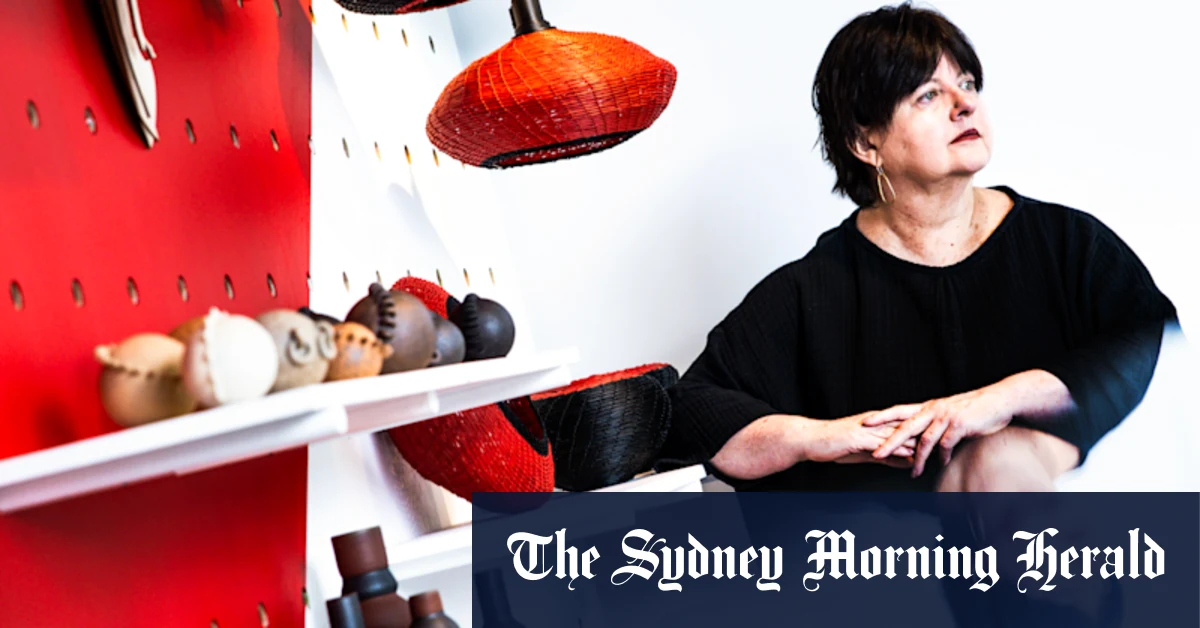Art dealer Miriam Shiell at her office in Toronto, on March 6.Laura Proctor/The Globe and Mail
The often-porous borders of the North American art market could be at risk after weeks of whipsaw tariff threats, as dealers and galleries face slowdowns and confusion over whether they’ll be hit with 25-per-cent charges when shipping to and from Canada.
U.S. President Donald Trump on Thursday waived tariffs on goods covered by North America’s pre-existing trade pact, though that did little to assuage the art market, which has spent weeks trying to figure out whether tariff threats applied to them.
“Artworks” are listed as an exemption in the emergency legislation Trump used when he briefly imposed 25-per-cent tariffs, and they are not listed as carrying duties on the latest U.S. tariff schedule – though observers warn that U.S. courts or the U.S. Customs and Border Protection agency could have the final say. Meanwhile, Ottawa’s retaliatory tariffs are expected to apply to “paintings, drawings and pastels, executed entirely by hand” and “collages, mosaics and similar decorative plaques” upon import here.
When and how tariffs will actually be enforced for art, however, remains an open question, throwing the market into disarray. When first contacted by The Globe and Mail Thursday morning, Miriam Shiell, a private art dealer in Toronto who specializes in 20th-century modern and contemporary art, expressed wariness. “I’m not sure I would want to send a $1-million picture across the border and take the risk of some customs official saying, ‘I don’t care’” about a legislative exemption, she said.
The flood of ever-changing tariff news has done little to establish confidence. Contacted again several hours later, after Trump temporarily withdrew the tariffs, Shiell suggested it might create “a window of opportunity” to ship art. “Maybe the smart thing to do is to take it.”
That would be a reprieve: after pre-emptively sending some artworks to the U.S. while in a “paranoid state” following Trump’s early tariff threats last fall, Shiell had in recent weeks put a “complete stop” on shipping to the country. A 25-per-cent hit “is more than we often make” selling works on the secondary market, she said, and would kill her margins.
Under the tariff threats, business has been “scarily very slow,” Abbozzo Gallery founder and director Ineke Zigrossi said. “We’re not getting any inquiries, and we usually get up to 10 a day.”
She also fears being left in limbo. Her team shipped a Canadian oil painting to a U.S. client on Monday, just before tariffs came into place – but after shipping the piece, it was still stuck at customs in Cincinnati as of Thursday afternoon. She can’t get a clear answer as to whether tariffs are the reason.
Montreal private art dealer Robin Rosenberg said that she sold a major work from the U.S. to a Canadian collector recently that was paid for in January, but hasn’t been shipped yet from New York. She’s come to fear that the work might face Canada’s retaliatory tariffs when crossing the border, potentially costing her client another $25,000. “My client is seriously considering cancelling this purchase,” Rosenberg said Thursday.
“The word that comes to mind is shambolic,” said Paul Bain, a lawyer with Dickinson Wright in Toronto with numerous clients in the art world, with respect to how tariffs may or may not apply to art. Given the overarching chaos, he said he would advise Canadian clients not to import any new artworks right away and keep them in storage. Even that would not be a perfect solution, he said, since leaving works in U.S. states long enough could expose them to sales tax there.
Members of the Art Dealers Association of Canada have received conflicting information about tariffs from officials on both sides of the border, said Mackenzie Sinclair, its executive director. “A lot of it can be broken telephone,” Sinclair said.
Many Canadian works are sold at U.S. art fairs, but now some dealers fear that bringing art into the country could push up its prices if and when tariffs come into effect. Some sales may not happen as a result, Sinclair warned. Sculptures, meanwhile, are not explicitly listed in Canada’s retaliatory list, sowing more confusion into what kinds of art could face cross-border charges. The art dealers association now hopes to push Ottawa for an HST exemption for Canadian art as a relief valve for the ever-changing trade war.
Simon Bentley, whose namesake fine art gallery in Toronto primarily works with post-modern Canadian abstract art, has been gaming out the possible dynamics should tariffs be imposed.
Americans have long come to Canada to buy new Canadian works with their higher dollar, but a 25-per-cent tariff would wipe out that currency advantage, hurting the market for today’s artists. For secondary sales, Trump’s tariffs would amount to a 25-per-cent tax on selling into the U.S. “As a Canadian, it’s going to be very expensive for you to try and sell American artistic investments,” Bentley said.
Domestic art dealers are pushing the same “Buy Canadian” message that many other industries have. “It’s also a good time for our institutions to be buying Canadian,” Bentley added. That includes “prioritizing national artists as opposed to artists on the international market, and prioritizing purchases through Canadian dealers as opposed to foreign auction houses or foreign private dealers.”
The Art Gallery of Ontario has said it bought more than $1-million in art over the last month ahead of the tariff deadline. Stephan Jost, its director and chief executive officer, said in an e-mailed statement that it “has a global art collection that we will continue to diversify with acquisitions from around the world. High tariffs will impact what art is purchased and where it is purchased.”
There may be some benefits to Canadian collectors if export tariffs are imposed, said Rob Cowley, president and partner of Cowley Abbott art auctioneers. Canada has a strong supply of international art, and his firm has seen buyers from around the world bid for works by the likes of Andy Warhol, Fernando Botero and Sayed Haider Raza that had been owned by Canadian collectors.
“If these tariffs, are in place, you know, it could present an opportunity for the further growth of the international art market in Canada, which has already been growing steadily over the past 20 years,” Cowley said.
But some high-net-worth sellers may seek ways to circumvent the tariffs altogether, Shiell, the art dealer said. All it might take is a private plane to the U.S. and the declaration of an artwork as a personal effect: “The grey market is going to explode.”






